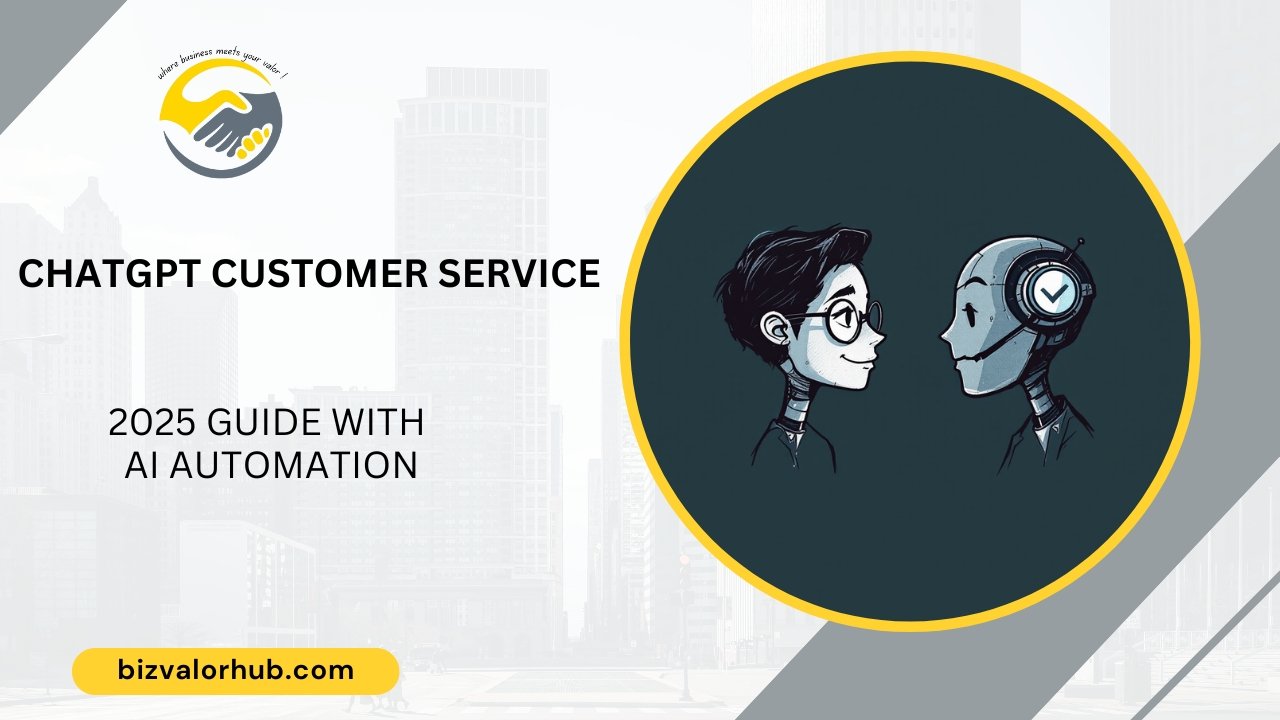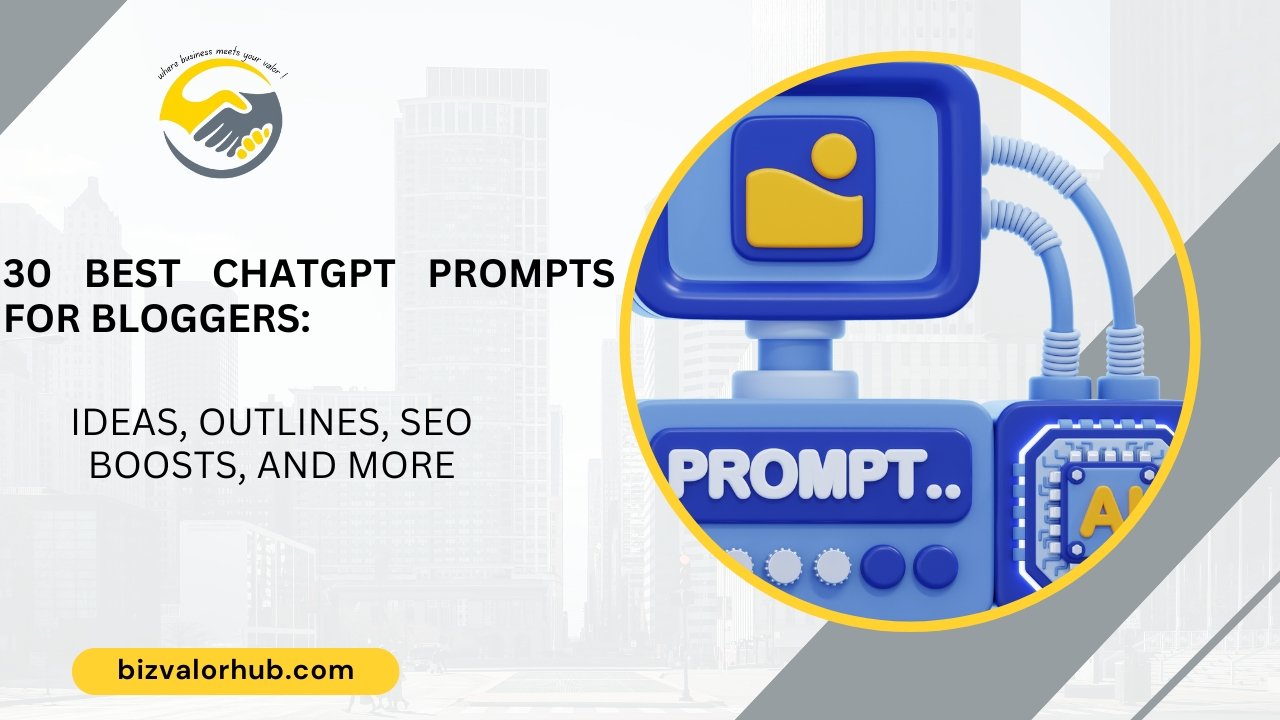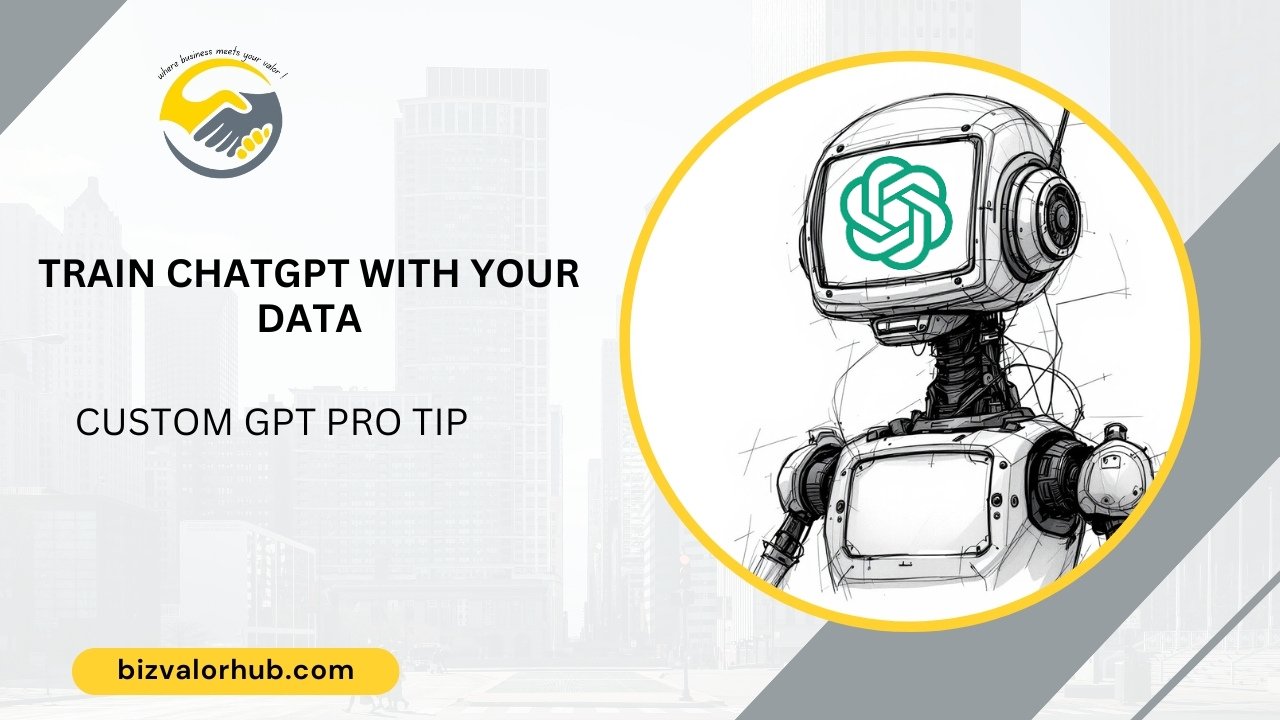When it comes to customer service, we’ve all been there—stuck waiting on hold or dealing with email replies that take eons. Enter the ChatGPT customer service chatbot, a tool reshaping how businesses handle support. It’s quick, responsive, and (dare I say) kind of mind-blowing for companies looking to handle customer inquiries in real-time without breaking the bank. Of course, it’s not perfect—what tech is? However, the potential to streamline support and keep your customers happier is hard to ignore.
What Are ChatGPT Customer Service Chatbots?
ChatGPT customer service isn’t your average chatbot—it’s smarter and always ready. Built on OpenAI’s GPT-4, it delivers accurate, human-like responses anytime, boosting efficiency for businesses aiming for quality.
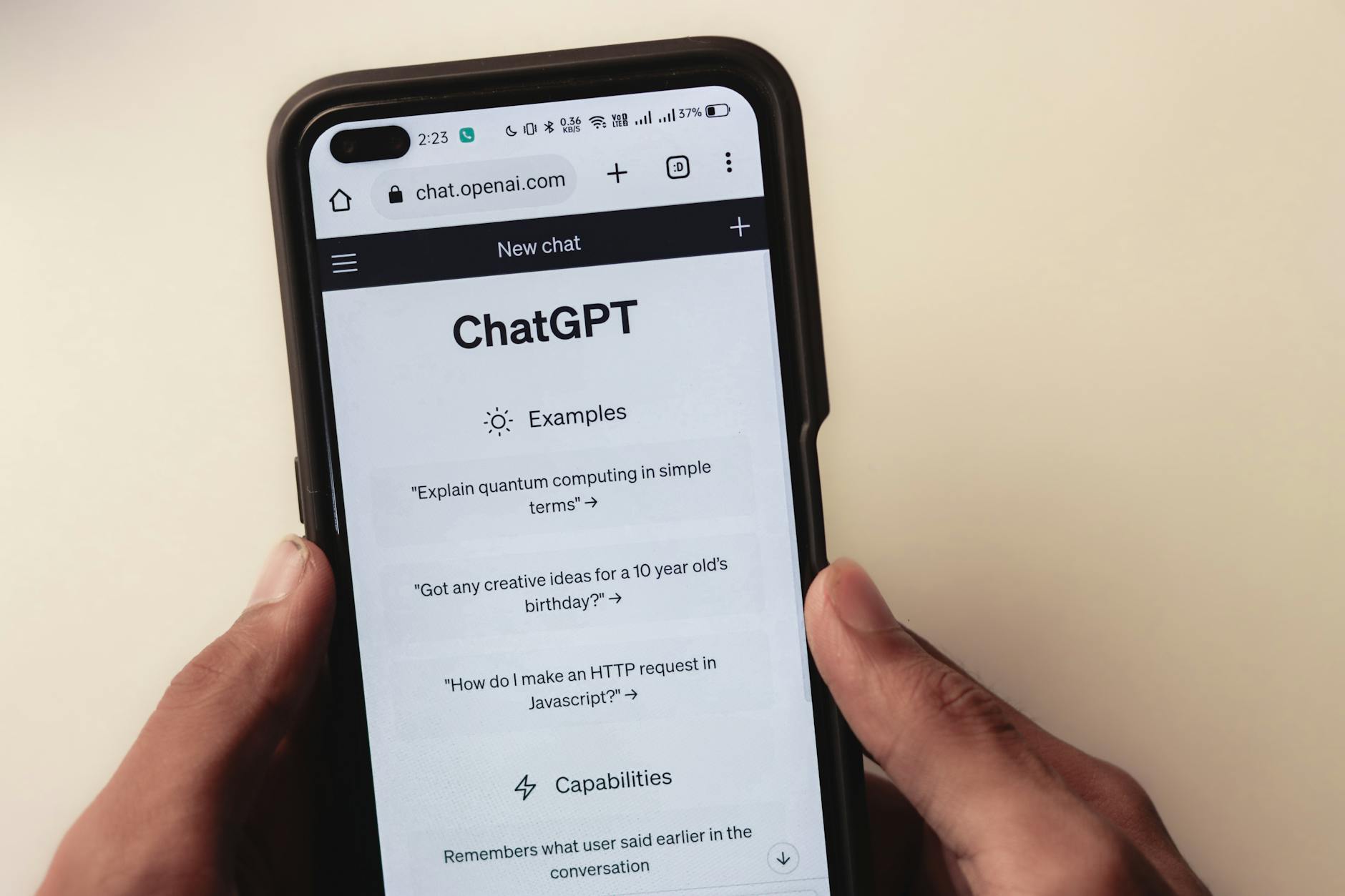
How ChatGPT Works
If you’re wondering how this tech can give such smart responses in the world, here’s the magic formula.
- NLP Superpowers: ChatGPT uses natural language processing (NLP), so it “reads” and “understands” conversations almost like a human brain.
- Pattern Learning: During its training, it analyzed patterns in language from a staggering amount of text data. This helps it predict what comes next in a conversation.
- Context-Awareness: Unlike many basic bots, ChatGPT doesn’t treat every question like it’s floating in isolation. It keeps track of the conversation context, making it feel like you’re chatting with an actual human.
- API Integration: For businesses, integrating ChatGPT into existing platforms is chef’s kiss simple. Whether it’s answering FAQs, troubleshooting issues, or providing custom solutions, it’s all doable. We will talk about it later on.
This tech isn’t just reactive. It’s proactive—like when it guesses what a customer might ask next or offers suggestions before they even finish typing (yes, it’s that intuitive).
Why It’s a Big Deal for Customer Service
ChatGPT customer service trims the nonsense—no more endless holds or vague email replies. This AI-powered chatbot answers FAQs instantly and keeps every exchange courteous.
Why should businesses care? Besides making your customers swoon with joy, here’s why ChatGPT is essential:
- Cost-Effective: A single AI chatbot can handle thousands of queries at once. Goodbye, expensive call centers!
- Scalability: Have more customers than you can count? ChatGPT’s got you. It can scale without breaking a sweat.
- Round-the-Clock Support: Humans sleep. Machines don’t. Enough said.
That sums up the how and why of ChatGPT. It’s more than an AI chatbot—it’s a customer service game-changer. Stay tuned for the nitty-gritty details on how it’s implemented.
Can Businesses Use ChatGPT for Customer Service?
ChatGPT has sparked a wave of interest in how businesses manage customer service interactions. The idea of an AI chatbot handling support inquiries is as exciting as it is controversial. Can it really replace—or better yet, improve—what human agents do? Businesses are diving into this technology to reduce costs, improve response times, and provide 24/7 support. But before you consider integrating ChatGPT, let’s talk about what it can and can’t do.
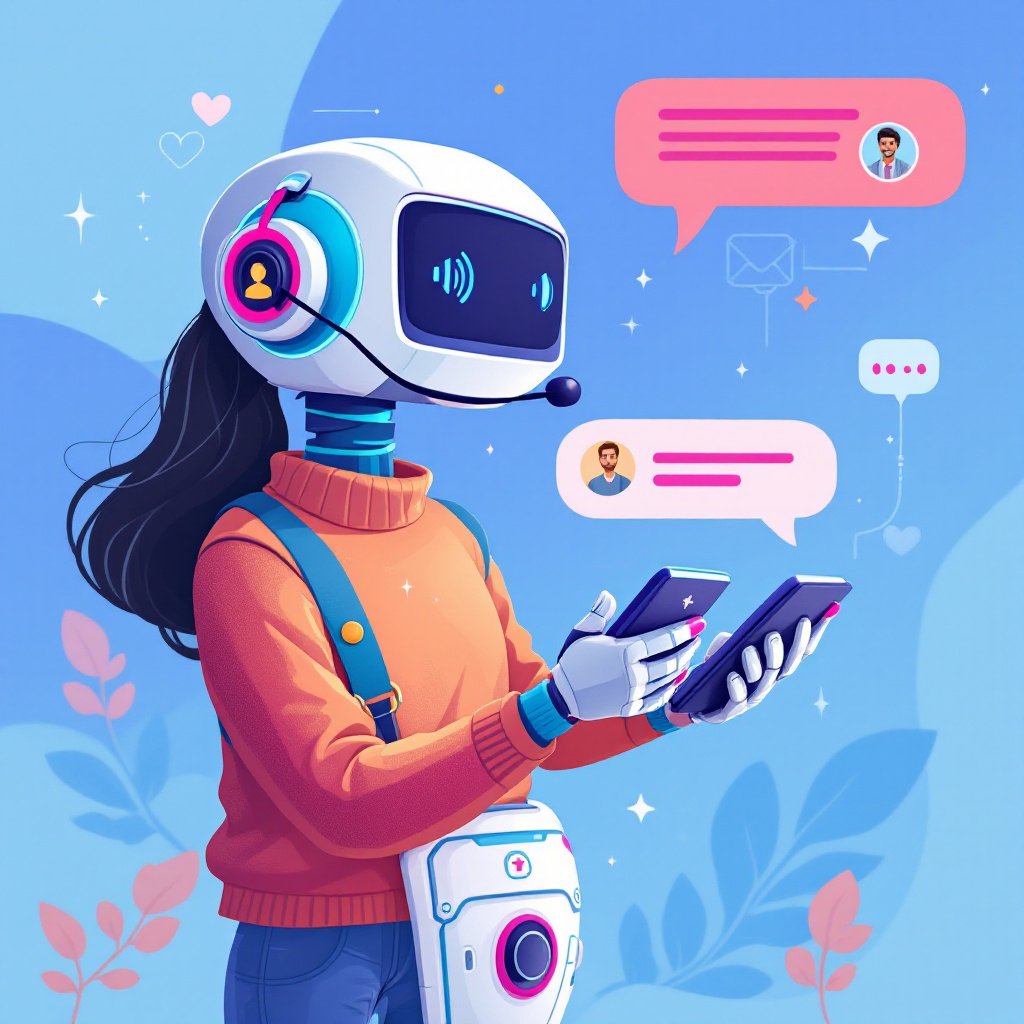
Optimizing Internal Customer Support Workflows with ChatGPT
ChatGPT isn’t ready for direct customer chats but works great for helping support teams stay efficient.
| Use Case | Description |
|---|---|
| Refine and localize help center content | Improve the clarity and readability of help center content and support multilingual translation. |
| Craft customer service interview prompts | Design relevant interview questions for the hiring process to assess candidates. |
| Develop targeted customer survey questions | Assist in creating clear and targeted survey questions. |
| Enhance meeting notes | Enhance the professionalism and readability of meeting notes. |
| Guide agents in replying to customer feedback | Help agents craft empathetic and effective responses to customer feedback. |
| Summarize Zoom calls with customers | Summarize key points and action items from call transcripts. |
Limitations of Using ChatGPT for Customer Support
While ChatGPT may seem like the superhero of customer service, every hero has its kryptonite. Here are some potential issues businesses might face:
- “Fabricates” or creates entirely false information and portrays it as fact, is a term describing the confident presentation of completely made-up details that may initially appear credible and convincing.
- Lack of Emotional Intelligence ChatGPT can process and respond to text with incredible accuracy, but it can’t truly “understand” the emotions behind words. Think of it like texting someone without emojis—it’s easy to miss the tone. When customers are frustrated or upset, they might need more empathy than ChatGPT can provide.
- Inability to Handle Complex Requests While it shines at answering FAQs or troubleshooting simple queries, it struggles with more intricate issues. For example, if a customer has a multi-step problem or needs creative solutions, ChatGPT could fall flat, causing further frustration.
- Bias in Responses ChatGPT pulls from a massive dataset to generate answers—a blessing and a curse. It can inadvertently reflect biases hidden in the data it was trained on. Results? It might generate responses that are less than optimal or even inappropriate in specific contexts.
- Data Privacy Concerns AI chatbots like ChatGPT rely on cloud-based data storage and processing. Businesses that deal with sensitive customer data—say in healthcare or finance—need to tread carefully. No one wants a PR nightmare involving leaked customer details.
- Learning Limitations Unlike a human agent who can adapt and learn on the job, ChatGPT can only improve if it’s retrained with updated datasets or custom instructions. This limitation can feel like you’ve installed a chatbot that doesn’t “grow” with your business.
Despite its usefulness, these challenges show why ChatGPT can’t be a one-size-fits-all solution. Instead, many businesses choose to blend AI with human systems for a more robust strategy.
How OpenAI’s API Can Improve Customer Support
Let’s get straight to it—what even is an API? An API (short for application programming interface) is a set of rules that lets software programs talk to each other. Think of it like a translator for apps. For example, OpenAI’s API allows your systems to share information and work together without you needing to do all the heavy lifting. It’s basically a shortcut to making your tech play nice, saving you time and energy. With tools powered by OpenAI’s API such as Zendesk, FastBots.ai, and Gorgias you can streamline your workflows and get more done. Here’s how:
Deliver Faster Support to Customers
Picture this: a customer sends in a long, winding message about a product issue. Instead of spending precious time reading every word, your agent gets a concise summary of the main points. Boom—quicker responses, happier customers, and a shorter resolution time. Everyone wins.
We’re talking features like:
- Figuring out what the customer actually wants (or maybe doesn’t want).
- Picking up on their mood—are they annoyed, or just chillin’?
- Suggesting possible fixes to your agents (like a cheat sheet for customer problems).
All of this means less back-and-forth, faster solutions, and fewer annoyed customers waiting around. Bottom line? Your team handles tickets in record time, and your customers walk away smiling.

Enhancing Agent Productivity
Customers can spot a cookie-cutter response from a mile away—and let’s be real, it’s not a great look. A generic reply can hurt the customer experience (CX) big time. People often assume automation means dull, canned answers, but that’s not the whole story. With generative AI, support agents can step up their game, crafting higher-quality responses and ticket comments without spending forever on each one. Yup, it’s possible to sound human AND keep things efficient.
Here’s how agents can make it happen:
- Lengthen responses: AI can take a short reply like “One sec” and turn it into something polished, like “Please give me a moment while I find a solution for you.” Boom—instant upgrade.
- Adjust the tone: Need to sound a little more friendly or formal? AI’s got you covered, tweaking the tone depending on the customer.
This isn’t about replacing effort with bots—it’s about working smarter, not harder.
Upgrading Knowledge Management
With OpenAI’s API, companies can seriously upgrade their customer support and knowledge management systems. Take Zendesk, for example—it works with the API to scan incoming support tickets, and flag common or trending issues that might be missing from your help articles. Got a frequent problems popping up? No sweat. The OpenAI and Zendesk integration makes it super easy for support teams to whip up (or tweak) a help center article on the spot. From there, chatbots can jump in and use that new info to answer similar questions down the line. Boom—customer questions are solved faster, and your team keeps their sanity intact.
Conclusion – ChatGPT Customer Service
ChatGPT customer service is changing the way businesses approach support. It’s efficient, always available, and scalable for companies of all sizes. But while it brings a ton of benefits to the table, it’s not a one-size-fits-all solution. Pairing it with human agents to handle complex or emotional interactions is often the best move.
Whether you’re considering ChatGPT to cut costs or enhance customer experience, the future of AI-driven support looks bright. Try experimenting with this technology to see how it fits into your business operations—or spark new ideas for improvement.
FAQ- ChatGPT Customer Service
1. Can ChatGPT Replace Human Customer Support Agents?
Not entirely—ChatGPT excels at handling repetitive, straightforward queries, but it’s not perfect with sensitive or highly complex issues. It’s better as a supplement to your existing support team, not a complete substitute.
2. How Can ChatGPT Be Integrated into Existing Support Tools?
You can integrate ChatGPT with popular customer support platforms using OpenAI’s API. Many businesses pair it with CRM tools, live chat systems, and ticket management software for seamless workflows.
3. Is ChatGPT Reliable for Handling Customer Complaints?
ChatGPT can handle initial complaint intake, but human oversight is often necessary for escalated issues that need empathy or context. It’s robust for quick resolutions but less effective for nuanced problems.
4. Can ChatGPT Detect Sentiment in Customer Messages?
Yes! ChatGPT can analyze text for tone and intent—positive, neutral, or negative. This helps businesses prioritize high-stakes interactions.
5. How Does ChatGPT Handle Data Privacy?
Using ChatGPT for customer service requires adherence to OpenAI’s data-handling policies. Business owners should also ensure the chatbot strictly complies with any relevant industry regulations (GDPR, HIPAA, etc.).
6. What Languages Does ChatGPT Support?
ChatGPT supports numerous languages, but proficiency can vary. For customer service, it works best when tweaked with region-specific training.
7. Does ChatGPT Improve Customer Satisfaction?
When implemented effectively, ChatGPT reduces response times, personalizes engagement, and resolves common issues instantly. This usually leads to a boost in customer satisfaction.
8. How Much Does It Cost to Use ChatGPT for Customer Service?
Costs vary based on usage. There’s a free tier, though businesses heavily using ChatGPT may need to opt for the paid API tiers to handle higher volumes. Learn more at OpenAI Help Center.
Related Posts
- Want a Custom GPT? Train ChatGPT With Your Data Like a Pro in 2025
- The Ultimate 2025 Guide to ChatGPT for Ecommerce Success in Your Store
- Discover the 31 Best ChatGPT Extensions to Work Smarter in 2025
- 12 Exciting Ideas to Make Money with ChatGPT in 2025 You Need to Try
- 9 Incredible ChatGPT Email Productivity Plugins You’ll Wish You Found Sooner
- How to Use ChatGPT for Email Marketing That Converts: 50+ Best Prompts & Strategies
- 30 Best ChatGPT Prompts for Bloggers & Content Creators: Ideas, Outlines, SEO Boosts, and More
- The Complete 2024 Guide to ChatGPT Prompts for Blog Posts

